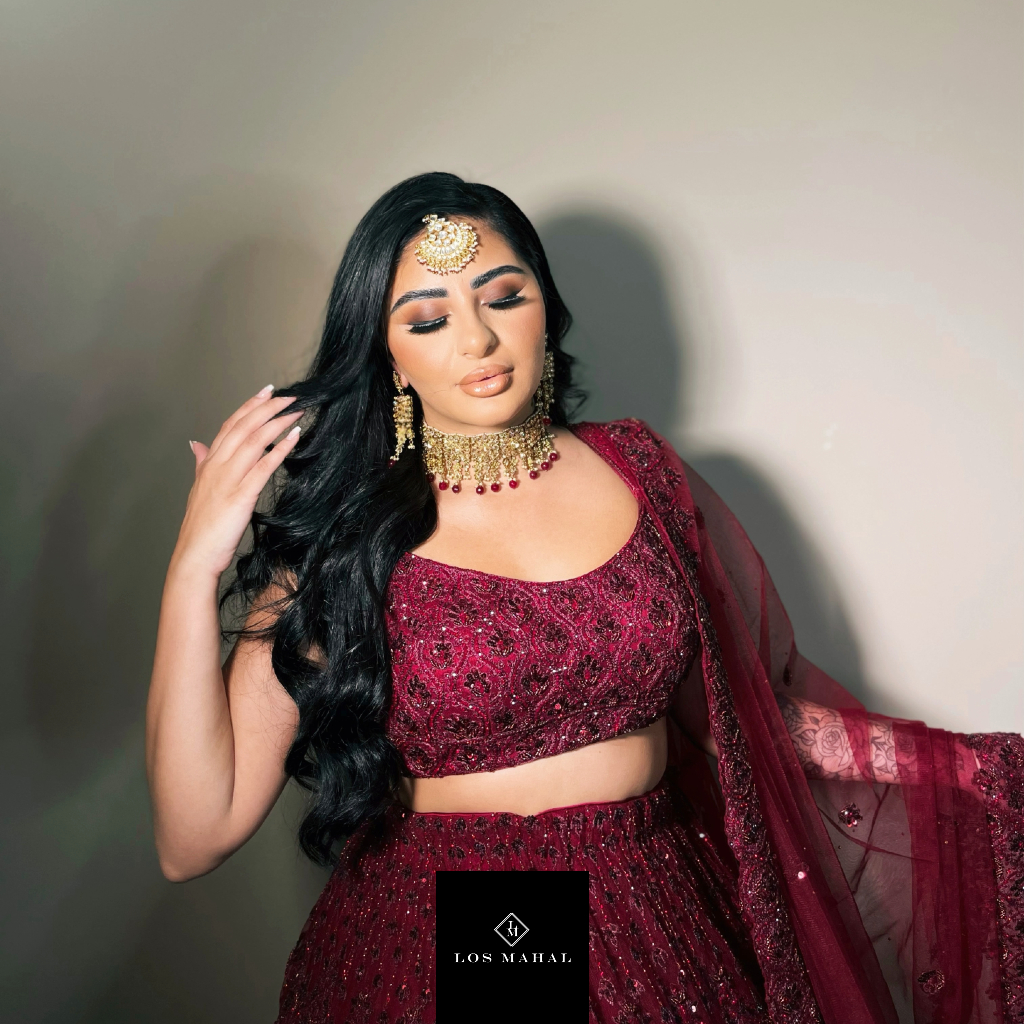Traditional clothing in India varies from country to country based on geography, climate, ethnicity and culture. In the era of westernization and globalization, India has been able to preserve its culture with beauty. Traditional Indian clothing is a staple of celebrations such as weddings and parties.
Indian Saree
The Indian sari is the traditional garment of Indian women. It consists of a piece of fabric 5 to 9 meters long and 2 to 4 feet wide. Depending on the situation, the material is packaged in different ways. The fabric is usually wrapped around the waist and the other end is placed over the shoulder, leaving the middle part blank.
Salwar Kameez And Churidar
Salwar kameez and churidar started out as comfortable and decent attire for Indian women in Punjab and Kashmir. Today it is one of the most popular women’s dresses among traditional dresses in India. The outfit consists of pajama-style pants called salwars that are narrow at the waist and ankles. The shirt, a long, loose-fitting dress, is worn over a salwar.
Panche Or Lungi
Punche or longi is a long fabric that wraps around the waist and is one of the most popular traditional Indian clothes. Lungi are mainly made of cotton and are sometimes sewn to imitate the shape of a tube. This dress is worn by men and women mainly for informal occasions and is very colorful and floral.
Dhoti
Dhoti wear is a traditional wear for Indian men. The dhoti is a long, seamless garment, usually 5 meters in length. The dress is tied at the waist and ankles and has buttons at the waist. Dhoti is usually paired with Kurta, known as Dhoti Kurta in eastern India. The famous Indian independence activist Mahatma Gandhi always wore the duo at every public event and spread the dress across the borders of India.
Bandhgala
Bandhgala, also known as Jodhpuri, is a traditional Indian dress worn by men. This suit is known as Jodhpur because it came from the state of Jodhpur during the British occupation. This dress is a western style suit but with embroidery and Indian designs. Sometimes this group includes a vest. This jacket is mainly characterized by embroidered buttons and lining on the collar. Considered a fashionable option among traditional dresses in India, the costume is worn in both formal and informal occasions and is widely featured in Bollywood films.
Angarkha
The Angarkha was an old court known for its flexibility and convenience. The costume consists of the upper garment that overlaps and can be bound on the right or left shoulder. The garment can be extended or short coupe and can be worn on peaks or jackets. The clothing is characterized by a round triangular opening on the front and the inner wall, called Parda, covers the range of the breast and is visible through the opening.
Achkan/Sherwani
The achkan is a traditional knee-length sweater worn in India. It was a medieval court dress for men and over time evolved into a modern dress. The achkan has a front opening and a side opening which is traditionally tied with a thread. The achkan has Indian embroidery and is mostly won in the form of choridaar or duti.
Lehenga Choli
Lehenga Choli is a three-piece Indian dress. This dress is very popular among the new generation of Indians and is usually worn for special occasions such as weddings and festivals. It is as follows:
Lehenga – Indian long skirt
Choli – a great blouse with embroidery and decoration
Dupata – a long fabric that is worn with Lehenga and Choli and gives more elegance and grace to this dress.
We have seen these beautiful dresses in many indian movies (Bollywood), especially in the luxurious wedding scene. The vibrant colors and hard work of this Lehenga are sure to impress.
Lehenga choli became famous among the Indians after the Mughals conquered India in the 10th century. The lehenga has evolved ever since, be it the style of stitching, embroidery, fabrics such as silk and brocade, etc. Slowly, the lehenga became a royal dress during the Mughal period.
Bollywood & Lehengas
Only in the 1990s did lehenga come back into fashion as a fashion item. It was Bollywood’s big budget films and wedding scenes that captivated audiences with vivid colors and intricate embroidery.
And after being cast in Bollywood films, It appeared during the runaway Indian Fashion Week. Lehengas have evolved from traditional styles to experimental styles such as straight lehengas, A-line lehengas, paneled lehengas, mermaid or fishtail lehengas, and more.
Different Styles in Lehenga
There are many variations of Lehenga such as Sharara, Ghagra and Lachha.
Sharara
This includes bottom wear that goes down to the knees and then unfolds like a skirt. It is worn with kurta and paired with dupatta. This dress is fashionable at weddings.
Ghagra
Ghagra is another form of lehenga. However, the difference is in the crinkles because there is a lot of ghagra, while the lehnga is relatively more body-friendly. This style is most prominent in Rajasthan and Gujarat where they also incorporate mirrors, crystals and beads and enhance it with more vibrant embroidery designs.
Lacha
It has a long blouse that comes to the knees, but the skirt is the same as Lehenga. The only difference in Lacha is the blouse.
Latest Trend in Lehenga
From sewing to embroidery patterns, Los Mahal Lehengas has a fashionable edge. Using urban motifs and techniques, the lehenga cholis available today is certainly simple and aesthetically pleasing, but still contains references to cultural traditions.
Eminent designers like Manish Malhotra, Sabyasachi Mukherjee and Anita Dongre have added a modern touch to this age-old traditional garment.
So, we can say that Lehenga has evolved according to the needs of different generations, from the traditional Lehenga to the new modern fusion of Lehenga.






